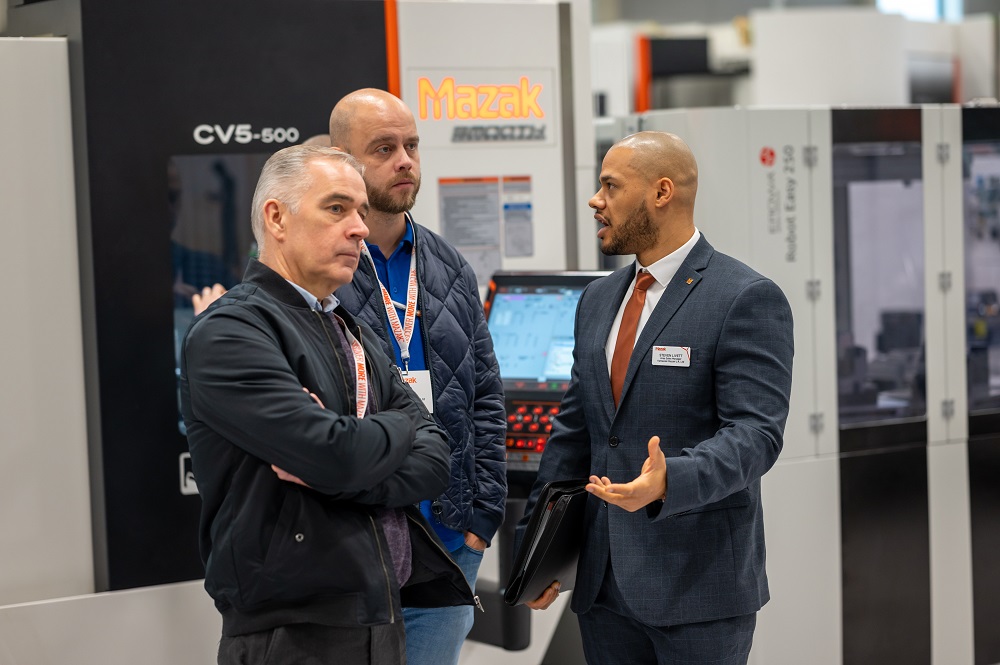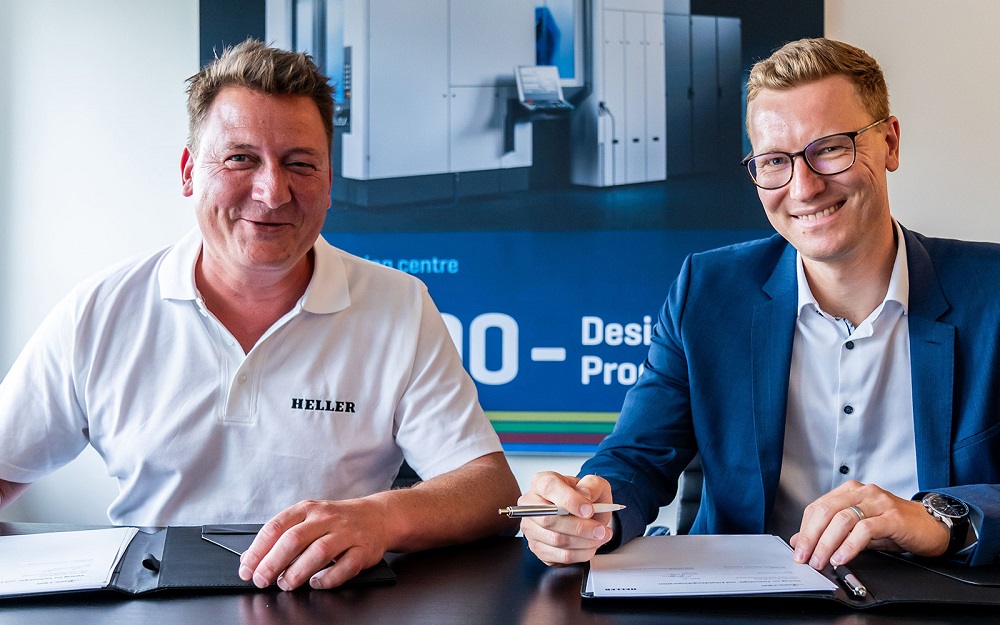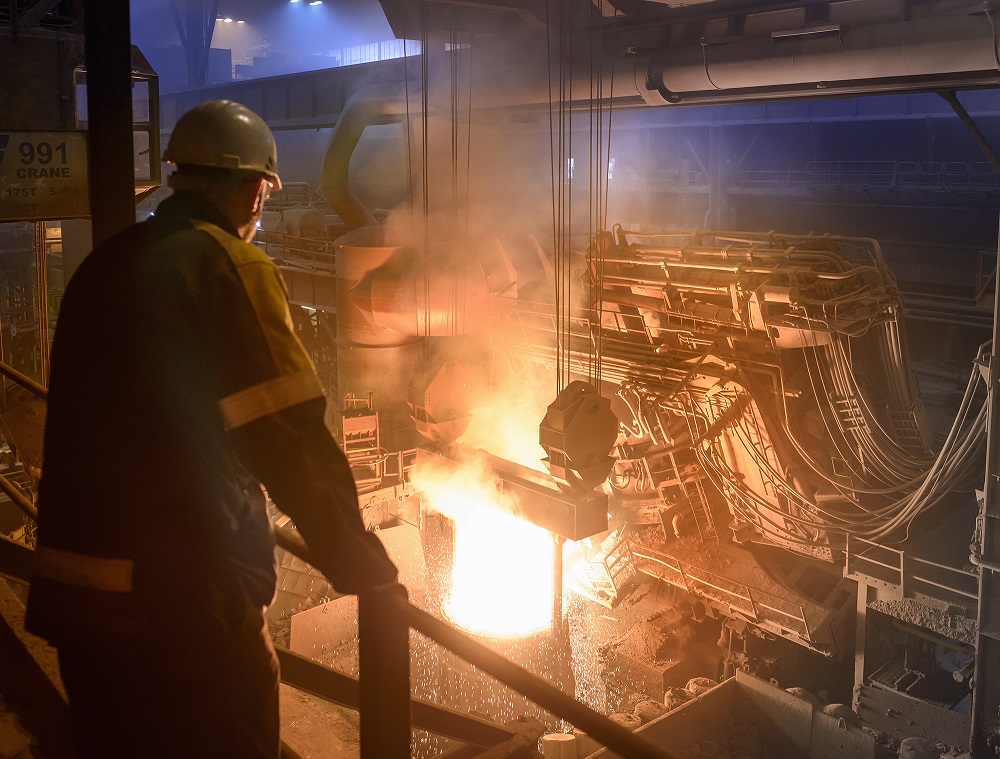Yamazaki Mazak’s investment in its UK manufacturing facilities was one of the main draws behind a strong attendance at its recent annual open house.The event, themed ‘building for your future’, linked the increase in capacity at the company’s European Manufacturing Plant in Worcester with its ability to now offer significantly shorter lead times on key machines.In total the open house received over 700 visitors over the four days.
Jason Butler, sales director for Yamazaki Mazak UK, says the strong attendance proved Mazak’s strategy in the UK: “I’m very pleased, we had a packed European Technology Centre over each day with plenty of potential new customers visiting us for the first time. That says to me our message of continued investment in Worcester, which has led to increased production capacity and very short lead times on key machines, is really resonating with UK manufacturers.”
For further information www.mazakeu.co.uk



















